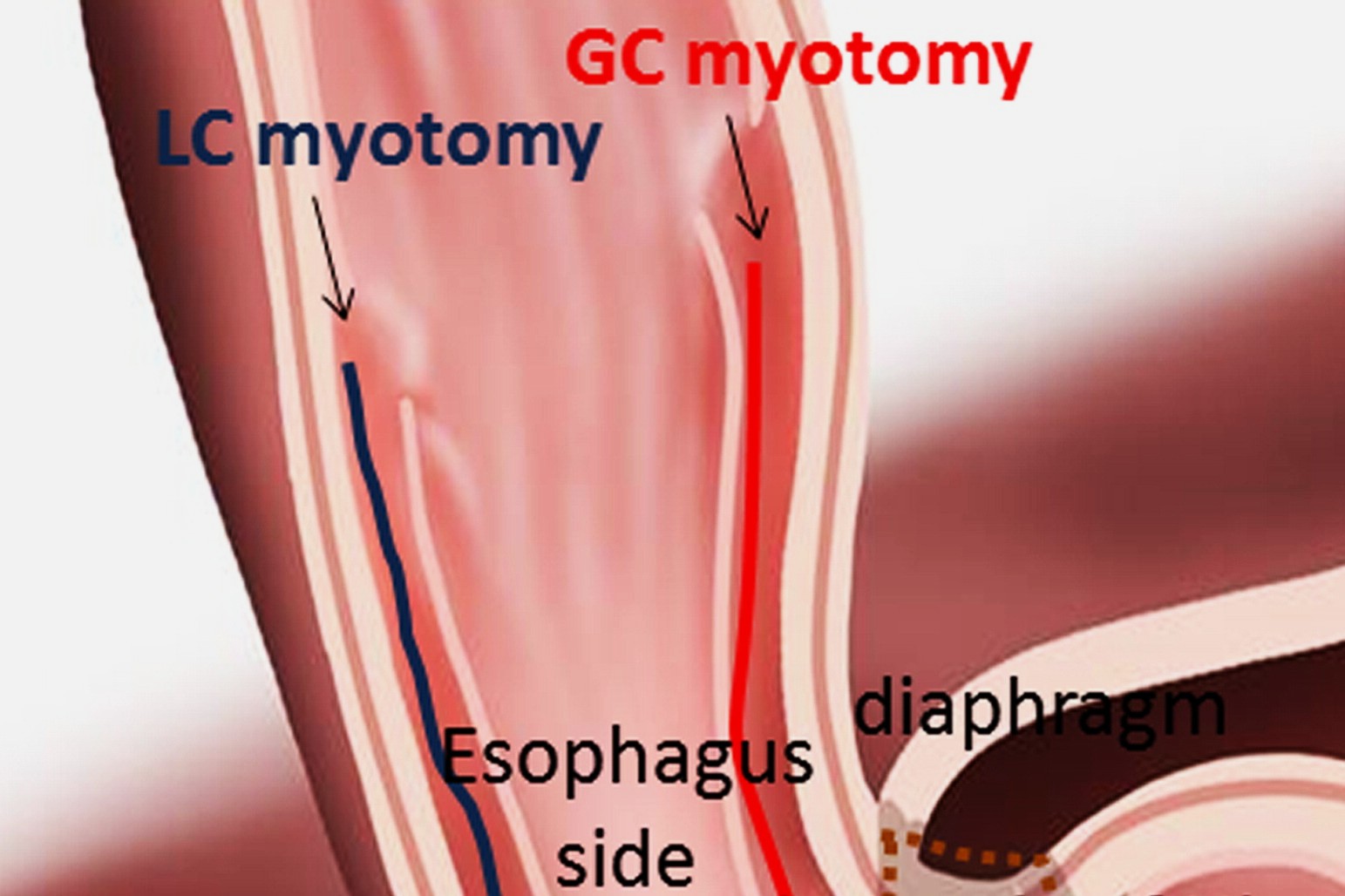
What is Myotomy? Myotomy is a surgical procedure where muscles are cut to relieve abnormal muscle contractions. This technique is often used to treat conditions like achalasia, where the esophagus muscles fail to relax, making swallowing difficult. By cutting specific muscles, myotomy helps improve the passage of food and liquids. Why is it important? Myotomy can significantly enhance the quality of life for individuals suffering from muscle-related disorders. It can reduce pain, improve function, and restore normal activities. Who benefits from it? Patients with conditions such as achalasia, diffuse esophageal spasm, or other muscle contraction disorders are prime candidates. Understanding myotomy can help you make informed decisions about treatment options.
What is Myotomy?
Myotomy is a surgical procedure where muscle fibers are cut. This technique is often used to treat conditions that involve muscle tightness or spasms. Let's dive into some interesting facts about myotomy.
-
Myotomy is commonly used to treat achalasia, a condition where the esophagus has trouble moving food into the stomach.
-
The procedure can be performed using different techniques, including open surgery, laparoscopic surgery, and endoscopic surgery.
-
Laparoscopic myotomy involves small incisions and the use of a camera, making it less invasive than traditional open surgery.
-
Endoscopic myotomy, also known as POEM (Peroral Endoscopic Myotomy), is performed through the mouth, eliminating the need for external incisions.
History of Myotomy
Understanding the history of myotomy can provide insight into how this procedure has evolved over time.
-
The first recorded myotomy was performed in the early 20th century to treat esophageal achalasia.
-
Dr. Ernest Heller, a German surgeon, is credited with developing the Heller myotomy, a specific type of esophageal myotomy, in 1913.
-
Initially, myotomy was a highly invasive procedure, requiring large incisions and lengthy recovery times.
-
Advances in medical technology have significantly reduced the invasiveness of myotomy procedures, improving patient outcomes.
Conditions Treated by Myotomy
Myotomy isn't just for achalasia. It can be used to treat various other medical conditions.
-
Myotomy can be used to treat diffuse esophageal spasm, a condition characterized by irregular muscle contractions in the esophagus.
-
It is also used to treat hypertrophic pyloric stenosis, a condition in infants where the passage from the stomach to the small intestine is narrowed.
-
Myotomy can help alleviate symptoms of cricopharyngeal spasm, a condition affecting the muscles of the throat.
-
Some patients with severe muscle spasms in the colon may benefit from a myotomy.
Benefits of Myotomy
There are several benefits to undergoing a myotomy procedure.
-
Myotomy can provide long-term relief from symptoms associated with muscle spasms and tightness.
-
The procedure can improve the quality of life for patients suffering from chronic conditions like achalasia.
-
Minimally invasive techniques, such as laparoscopic and endoscopic myotomy, result in shorter recovery times and less postoperative pain.
-
Myotomy can reduce the need for long-term medication use in some patients.
Risks and Complications
Like any surgical procedure, myotomy comes with its own set of risks and potential complications.
-
Common risks include infection, bleeding, and adverse reactions to anesthesia.
-
There is a risk of perforation, or a tear, in the organ being operated on, which may require additional surgery to repair.
-
Some patients may experience gastroesophageal reflux disease (GERD) following an esophageal myotomy.
-
Scar tissue formation at the surgical site can lead to complications and may require further treatment.
Recovery and Aftercare
Recovery from myotomy varies depending on the type of procedure performed and the patient's overall health.
-
Patients who undergo laparoscopic or endoscopic myotomy typically have shorter hospital stays compared to those who have open surgery.
-
Most patients can return to normal activities within a few weeks, although strenuous activities should be avoided for a longer period.
-
Dietary modifications may be necessary during the initial recovery period to allow the surgical site to heal properly.
-
Follow-up appointments are crucial to monitor the patient's progress and address any complications that may arise.
Future of Myotomy
The future of myotomy looks promising with ongoing research and technological advancements.
-
Robotic-assisted myotomy is an emerging technique that offers greater precision and control during surgery.
-
Researchers are exploring the use of less invasive methods and improved imaging techniques to enhance the safety and effectiveness of myotomy.
-
Advances in anesthesia and pain management are making the recovery process more comfortable for patients.
-
Ongoing studies aim to better understand the long-term outcomes of myotomy and identify ways to further reduce risks and complications.
Final Thoughts on Myotomy
Myotomy, a surgical procedure, helps treat muscle disorders by cutting muscle fibers. It’s often used for conditions like achalasia, where the esophagus struggles to move food to the stomach. This procedure can significantly improve quality of life by easing symptoms like difficulty swallowing and chest pain. While myotomy is generally safe, it’s not without risks. Potential complications include infection, bleeding, or unintended damage to surrounding tissues. Recovery varies but usually involves a short hospital stay and a few weeks of rest. Always consult with a healthcare professional to understand if myotomy is the right option for you. Knowing the facts about myotomy can help you make informed decisions about your health. Stay informed, ask questions, and take charge of your well-being.
Was this page helpful?
Our commitment to delivering trustworthy and engaging content is at the heart of what we do. Each fact on our site is contributed by real users like you, bringing a wealth of diverse insights and information. To ensure the highest standards of accuracy and reliability, our dedicated editors meticulously review each submission. This process guarantees that the facts we share are not only fascinating but also credible. Trust in our commitment to quality and authenticity as you explore and learn with us.
